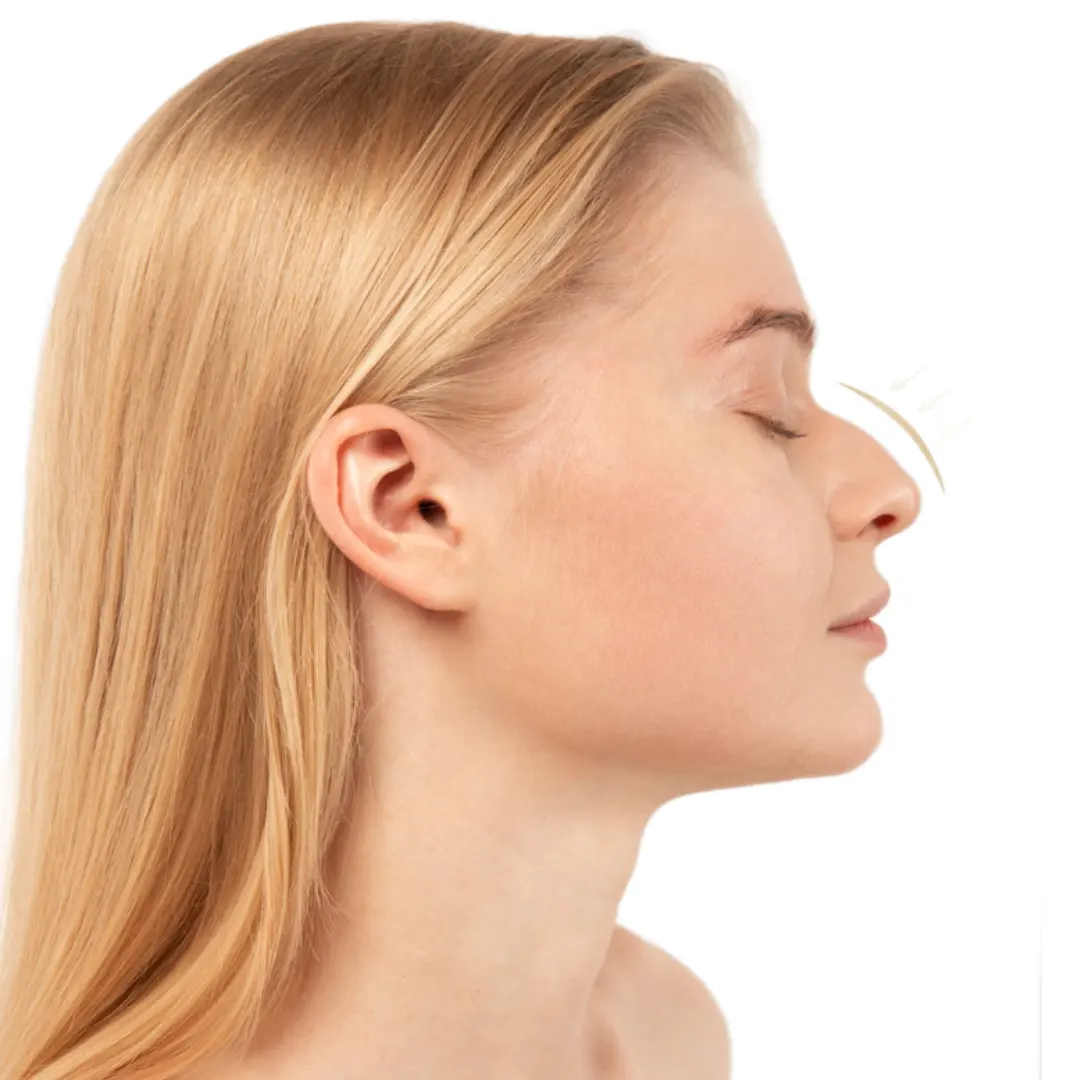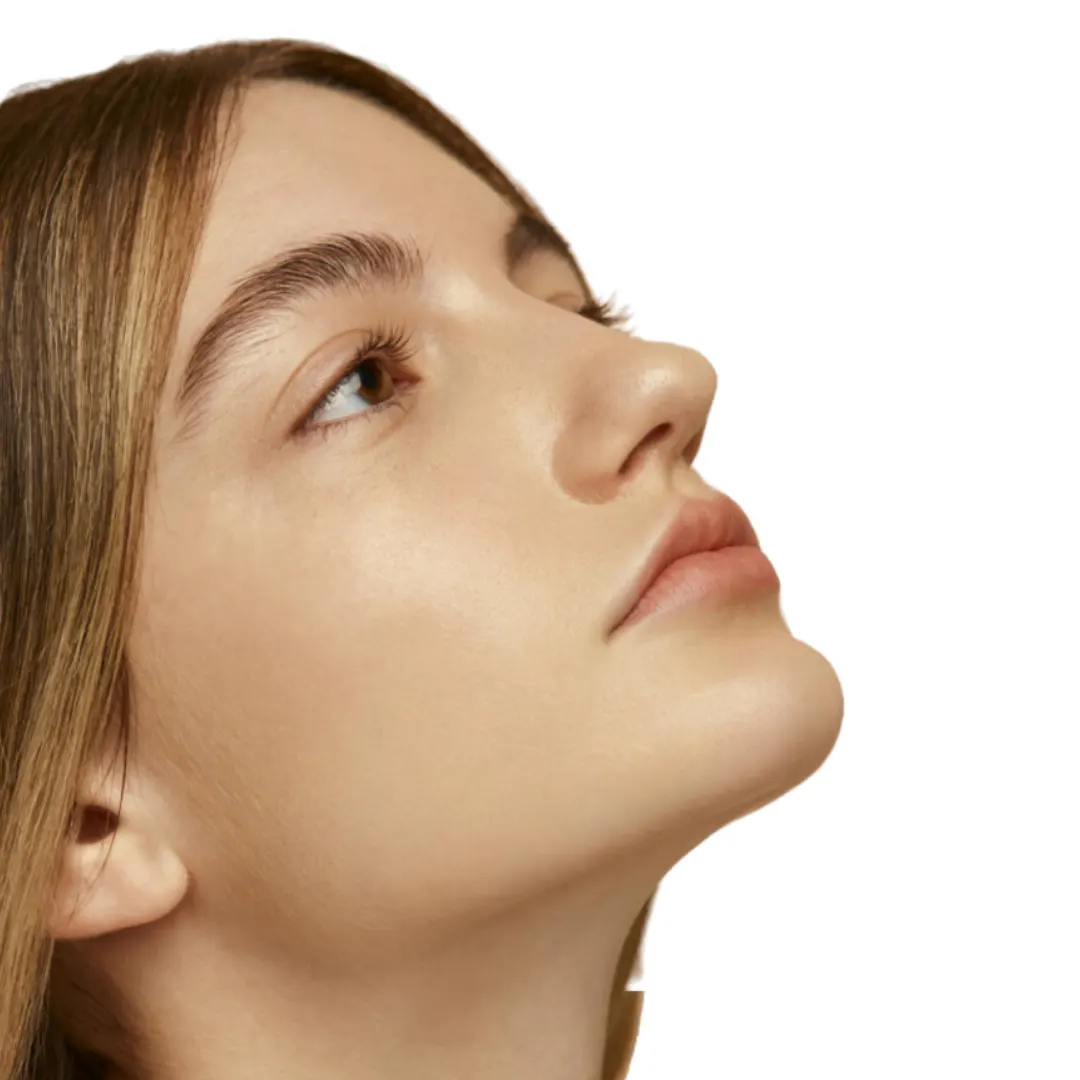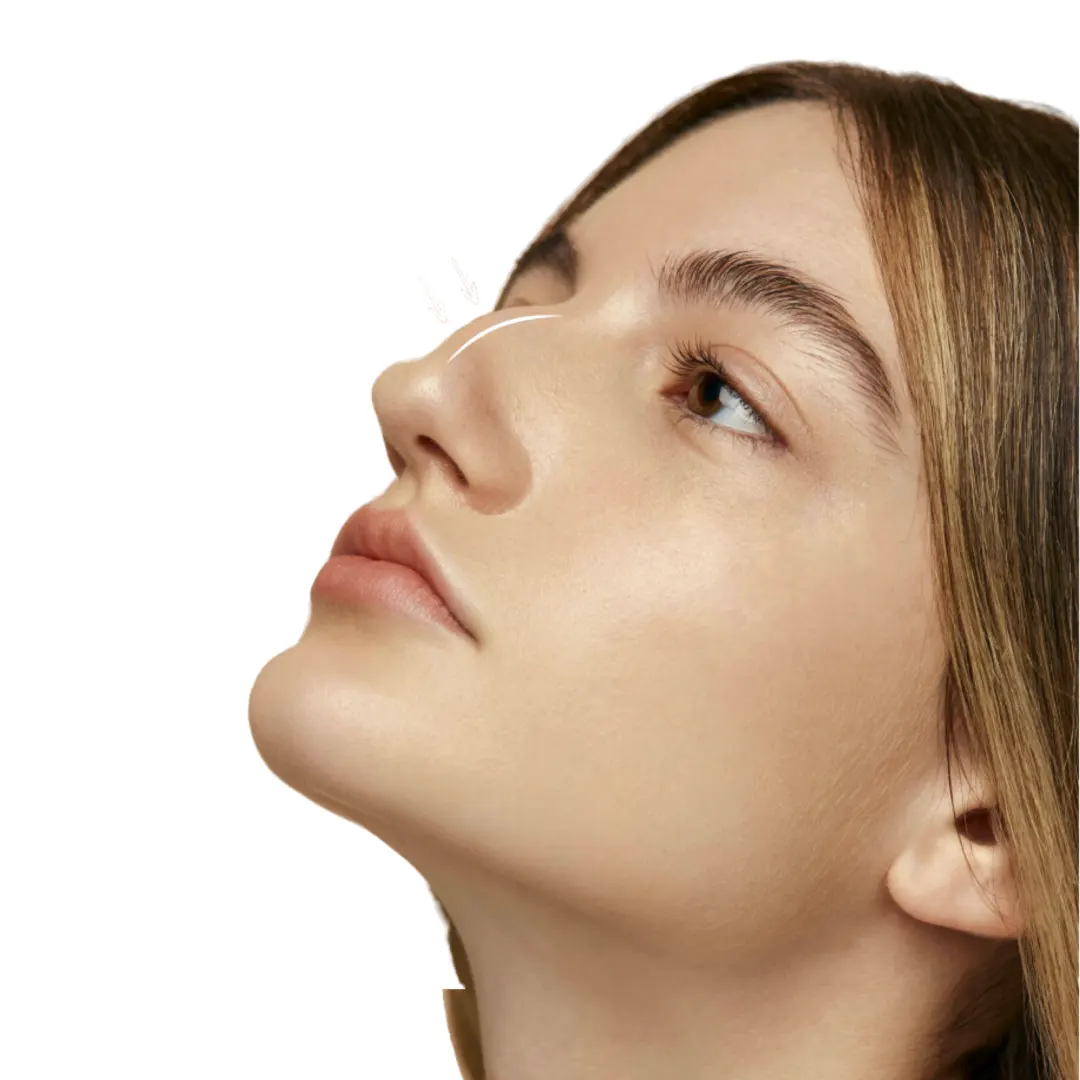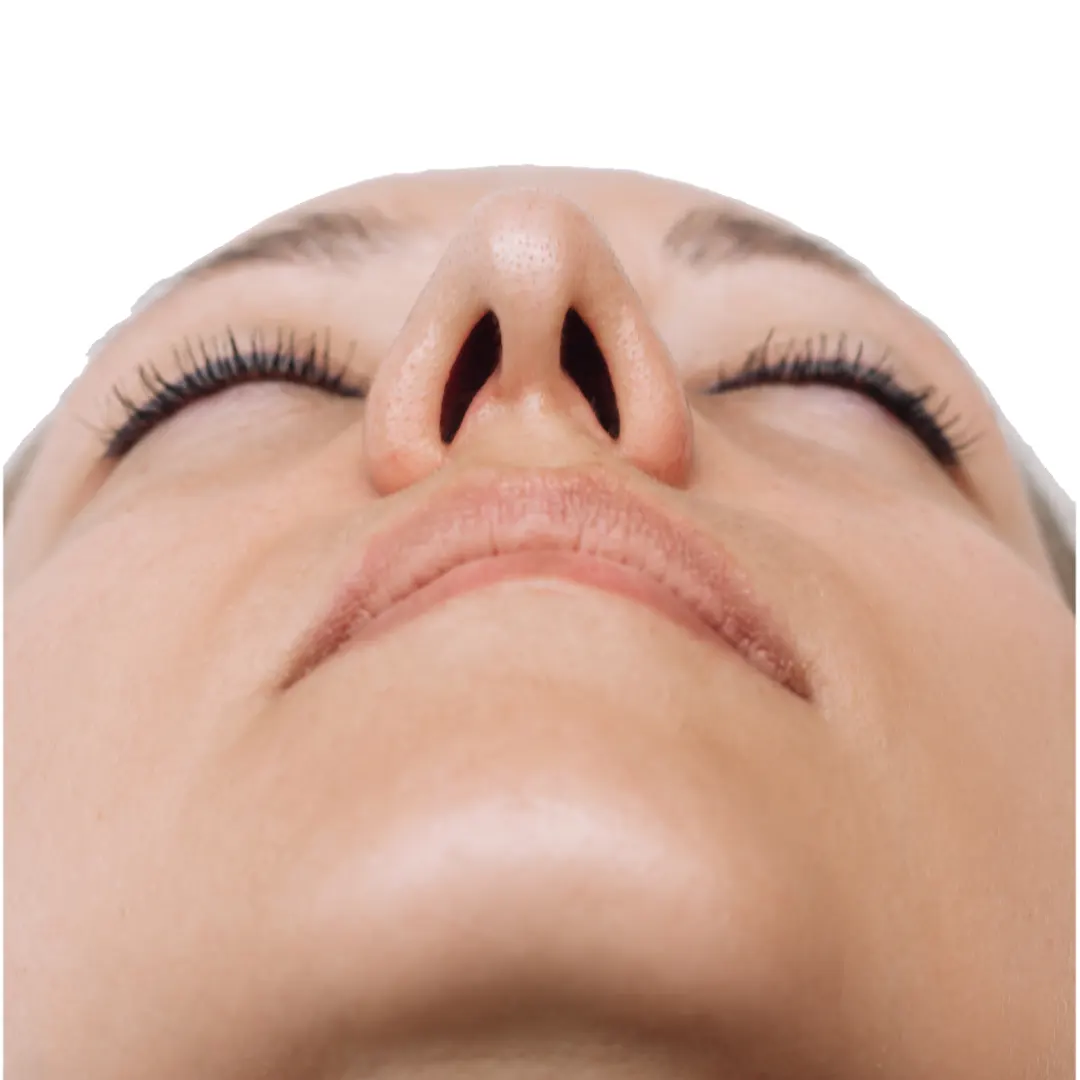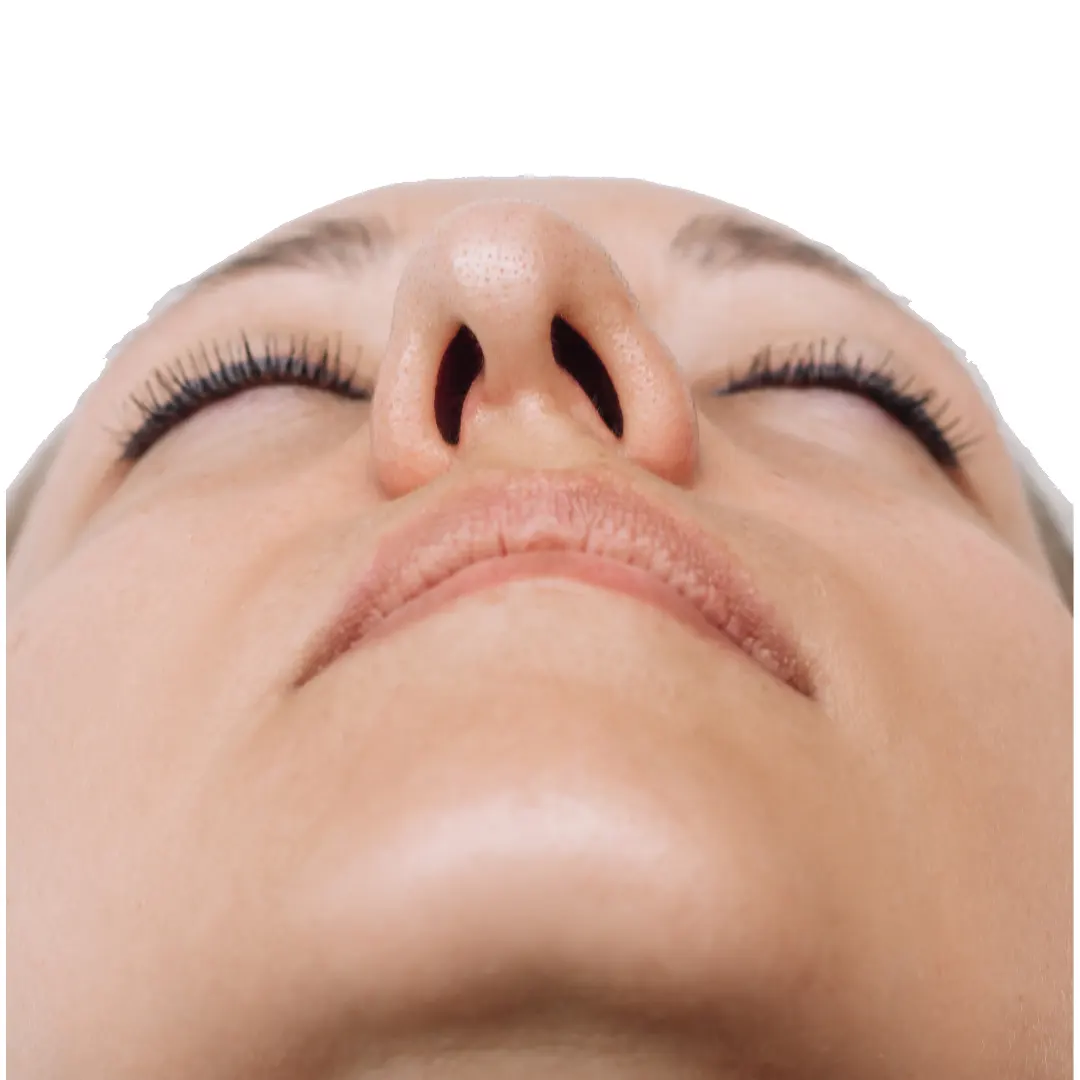Plastic surgery
Explore Our Clinics
What Say About Us?
What motivates us at Taj Clinic to strive for further development in our relationship with our valued visitors is the smile of satisfaction and the joyful look on their faces when they see the results. Witness with us how their reactions at Taj Clinic have garnered their admiration for its exceptional administrative care, the expertise of our skilled doctors, the quality of comprehensive services provided, meticulous attention to detail, post-procedure medical follow-up, and the astonishing results they have achieved.
Contact our medical consultant and let them guide you throughout the entire process.
Plan your medical tour in mutual agreement with our consultant.
Get your tickets booked and choose the procedure date.
Sit back and relax until the appointment time, and leave everything to us.
We will pick you up from your arrival location and accompany you between the hotel and the clinic for the round trip.
We will transport you from your arrival location and accompany you between the hotel and the clinic for the round trip.
Frequently Asked Questions
In most cases, body sculpting surgery is considered a cosmetic procedure and is not covered by insurance. However, in some cases where the procedure is considered medically necessary due to a medical condition or injury, insurance may cover the cost of surgery.
Body contouring surgery refers to a variety of surgical procedures designed to reshape and contour the body. These procedures may include removing excess skin and fat, tightening muscles or changing the shape and size of certain parts of the body, such as; Abdomen and thighs, or arms and buttocks.
The cost of body sculpting surgery varies depending on the extent of the procedure, the surgeon’s experience, the location of the surgery, and the clinic’s prices. In general, the cost of body contouring surgery can range from $4,000 to $15,000 or more.
Non-surgical body sculpting refers to non-surgical or minimally invasive cosmetic procedures that can help reshape and define the body without the need for surgical intervention. Examples of non-surgical body sculpting procedures include CoolSculpting and SculpSure.
After rhinoplasty, patients are usually advised to avoid strenuous physical activities, lift heavy objects, blow their nose, and wear eyeglasses or sunglasses for several weeks to allow for proper healing.
Rhinoplasty is usually performed under general anesthesia, so the procedure itself is not painful. Some people may experience mild discomfort, swelling, and bruising after the procedure, but these symptoms can be managed with medications and cold compresses.
The duration of rhinoplasty can vary depending on several factors such as: The extent of the operation and the experience of the surgeon. On average, it can take 1-3 hours to complete.
Recovery time after rhinoplasty can vary depending on several factors such as the extent of the procedure, the patient’s general health, and adherence to post-operative instructions. On average, it may take 2-3 weeks for initial recovery and several months for the final results to be fully visible.
Rhinoplasty is a cosmetic or reconstructive surgical procedure that involves reshaping the bone and cartilage of the nose to improve its appearance or function.
Rhinoplasty, also known as rhinoplasty, is a surgical procedure aimed at improving the appearance and/or function of the nose by reshaping bone and cartilage.
The cost of rhinoplasty varies depending on several factors, such as the surgeon’s experience, location, and extent of the procedure. On average, it can range from $5,000 to $10,000 in the United States
Body sculpting

Description Body sculpting
Body sculpting is a relatively new cosmetic procedure developed specifically to shape the body to appear more proportionate and slender for those looking to eliminate unwanted fat and visible skin sagging on their bodies. This cosmetic procedure is performed for both men and women.
Body sculpting coordinates body weight by removing stubborn excess fat that hides the beauty of the body’s muscles and tightens the entire body. The Vaser technique is used in body sculpting procedures, relying on high-frequency ultrasound waves to break down deep-seated fat beneath the skin, especially in the abdominal area.
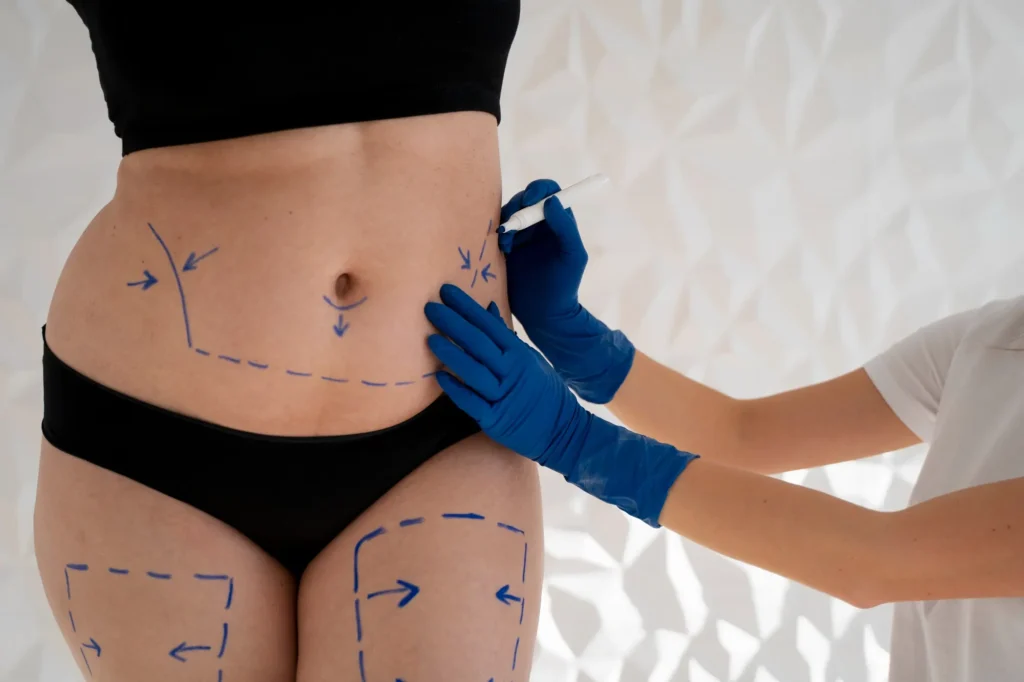
Who are the candidatesBody sculpting؟
There are some conditions that a patient must meet to undergo the body sculpting procedure, including:
- The person should be in good overall health, as it is a precise and delicate procedure performed under general anesthesia.
- The individual should be free from any diseases that may impede the body’s healing process from following its correct course.

Tips before proceeding Body sculpting
When preparing for a body sculpting procedure, the patient should follow the doctor’s instructions to reduce the risks of complications or side effects during the surgery. Some of these instructions include:
- Adhere to a healthy diet and engage in regular exercise.
- Stop smoking and alcohol consumption for a month before the procedure.
- Avoid taking blood-thinning medications as they can cause bleeding during surgery. Therefore, inform your doctor about the medications you are currently taking.
- Fast for 12 hours before the scheduled surgery time.
- Contact a friend or a family member to accompany you to the hospital on the day of the surgery.
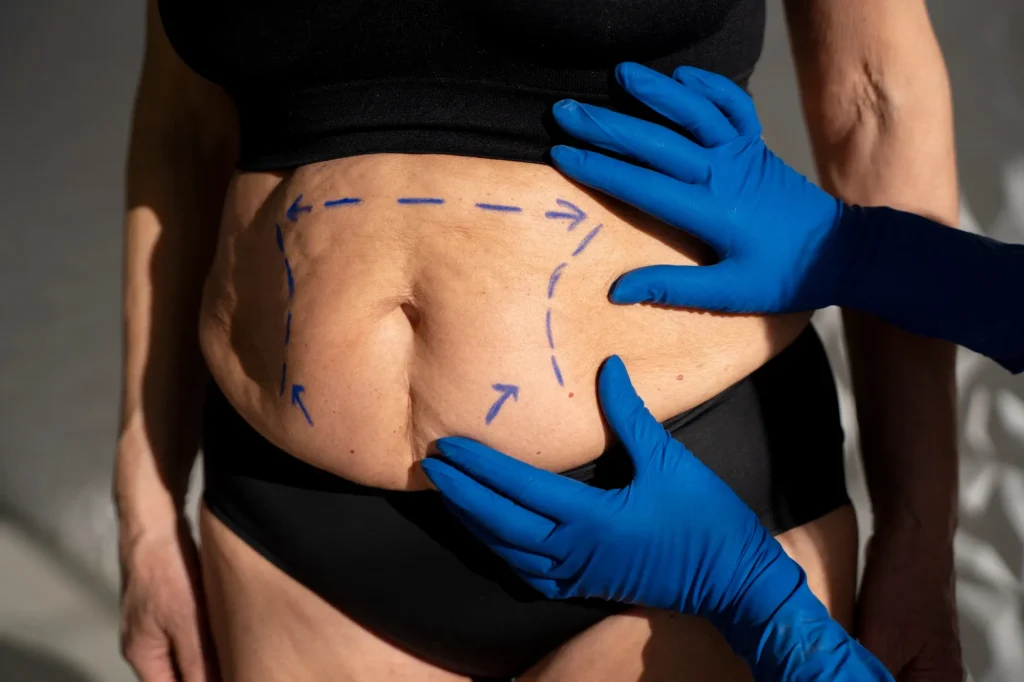
What are the stages Body sculpting؟
The body sculpting process usually takes between two to seven hours. Since body sculpting is essentially a comprehensive body shaping procedure involving multiple areas, it is a customized procedure, and the duration may vary from patient to patient. Body sculpting surgery typically combines various procedures such as fat reduction, tummy tuck, thigh lift, and breast lift.
The stages of the body sculpting process are:
- Identification Stage: After identifying the areas of your body to undergo sculpting, the doctor will review your specific procedure plan with you one final time. The doctor will mark your skin to indicate the locations of the incisions.
- Anesthesia Stage: First, the surgeon will administer general anesthesia to you.
- Sterilization Stage: The medical team sterilizes the entire body to avoid any potential infections.
- Surgical Incision Stage: The doctor makes small incisions in the predetermined areas and then starts removing excess fat by inserting a tube no larger than a few millimeters. Using this cannula, the doctor can inject a saline solution that turns the fat into a liquid for easy absorption.
- During the fat removal process, the skin is tightened using Vaser technology. Finally, the surgeon closes the surgical incisions.
- The doctor will then apply dressings to the treated areas, and you will wear a compression garment for 4-6 weeks.

Tips after the operation Body sculpting
Recovery from body sculpting surgery typically takes between ten days to two weeks before patients can begin returning to their daily activities. Patients need to strictly follow the doctor’s instructions after the surgery to ensure their skin heals beautifully and achieves both health and satisfactory results. Some of these instructions include:
- Get plenty of rest when you arrive home after the surgery. Typically, the patient stays in the hospital for two to three days before returning home.
- Avoid any physical exercise or lifting heavy objects for at least a month after the procedure to allow your skin to heal properly.
- Be cautious when touching your wounds, especially during bathing.
- Strictly adhere to your cosmetic surgeon’s instructions regarding your medications.
Frequently Asked Questions
In most cases, body sculpting surgery is considered a cosmetic procedure and is not covered by insurance. However, in some cases where the procedure is considered medically necessary due to a medical condition or injury, insurance may cover the cost of surgery.
Body contouring surgery refers to a variety of surgical procedures designed to reshape and contour the body. These procedures may include removing excess skin and fat, tightening muscles or changing the shape and size of certain parts of the body, such as; Abdomen and thighs, or arms and buttocks.
The cost of body sculpting surgery varies depending on the extent of the procedure, the surgeon’s experience, the location of the surgery, and the clinic’s prices. In general, the cost of body contouring surgery can range from $4,000 to $15,000 or more.
Non-surgical body sculpting refers to non-surgical or minimally invasive cosmetic procedures that can help reshape and define the body without the need for surgical intervention. Examples of non-surgical body sculpting procedures include CoolSculpting and SculpSure.
After rhinoplasty, patients are usually advised to avoid strenuous physical activities, lift heavy objects, blow their nose, and wear eyeglasses or sunglasses for several weeks to allow for proper healing.
Rhinoplasty is usually performed under general anesthesia, so the procedure itself is not painful. Some people may experience mild discomfort, swelling, and bruising after the procedure, but these symptoms can be managed with medications and cold compresses.
The duration of rhinoplasty can vary depending on several factors such as: The extent of the operation and the experience of the surgeon. On average, it can take 1-3 hours to complete.
Recovery time after rhinoplasty can vary depending on several factors such as the extent of the procedure, the patient’s general health, and adherence to post-operative instructions. On average, it may take 2-3 weeks for initial recovery and several months for the final results to be fully visible.
Rhinoplasty is a cosmetic or reconstructive surgical procedure that involves reshaping the bone and cartilage of the nose to improve its appearance or function.
Rhinoplasty, also known as rhinoplasty, is a surgical procedure aimed at improving the appearance and/or function of the nose by reshaping bone and cartilage.
The cost of rhinoplasty varies depending on several factors, such as the surgeon’s experience, location, and extent of the procedure. On average, it can range from $5,000 to $10,000 in the United States
Dental veneers can last between 5 to 15 years, depending on the materials used, the individual’s oral hygiene habits, and other factors. Regular dental checkups and proper care can help extend the life of veneers.
If teeth are not kept clean, decay can occur around or under the edges of the veneer, leading to further dental problems. It is important to continue brushing, flossing, and having regular dental checkups to prevent cavities and other dental problems.
Dental veneers are used to improve the appearance of teeth that are discolored, cracked, or have other cosmetic problems. However, other dental treatments may be necessary before veneers are placed if the teeth have significant decay or structural damage.
When placed correctly and taken good care of, veneers will not damage your teeth. However, if the veneer is not placed correctly, or when the underlying tooth structure is damaged during preparation, it can lead to problems such as sensitivity or cavities.







